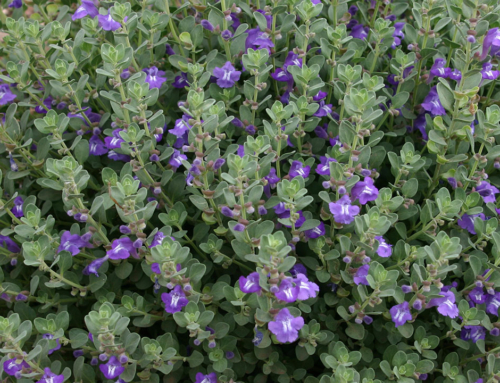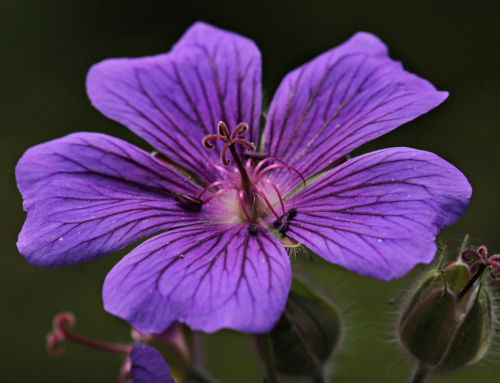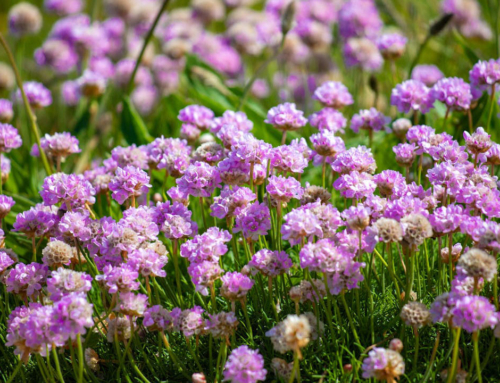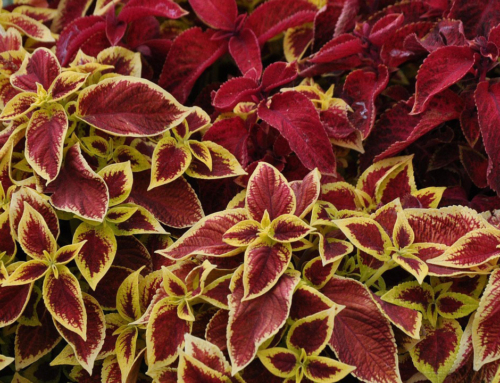By Larry Cipolla, Hennepin County Master Gardener
Fertilizer is plant food. Not! Fertilizers, organic or mineral, are not plant food. All plants need nutrients to grow and most are able to make their own food through the process of photosynthesis. Plants need key nutrients, six of which are important and three of those essential. Building your soil with compost is the first step towards creating an environment that encourages plants to excel. Getting a soil test is the second step. Adding fertilizers is the third step.
Plants need different chemical elements to thrive. The most important elements are carbon, hydrogen, oxygen, nitrogen, phosphorus, and potassium (potash). The later three are natural macronutrients elements found in almost all packaged fertilizers.
Nitrogen (N) comprises 78% of the earth’s atmosphere. It is the building block for proteins, enzymes, chlorophyll, and growth regulators. I use it in my garden for growing leafy veggies, such as lettuces, beet greens, chards, dandelion, and turnip greens. Using a high nitrogen fertilizer on your tomato and pepper plants, for example, will create nice bushy plants, but few fruit. So read the directions.
Phosphorus (P), in the form of phosphate, is mined naturally. It was once sediment at the bottom of ancient oceans. It is used by the plant for metabolism, respiration, and photosynthesis. Fruit and flower bearing plants, such as tomatoes, eggplants, and peppers will benefit from this element.
Potassium (K) or potash (ashes from your fireplace) promotes all around root and tuber growth, starch formation, water regulation, and disease resistance. Potatoes and flowers such as dahlias benefit from this element.
Plants need N-P-K to grow. Without these macronutrients, plant growth will be stunted. To help plants grow or grow faster you need to supply the elements the plant needs. That is the goal of fertilizer. People need fertilizer as well. We get that fertilizer from the plants we eat or from the animals that ate those plants.
Without plants, life as we know it on this planet could not exist.
Ancient folks used decomposing matter to fertilize their crops. Modern fertilizer (mineral fertilizer) includes elements found in nature. And because they are found in nature it is not correct to call them “artificial” or “chemical”. Organic fertilizers use other types of natural materials, such as decaying plants, fish, bone, or animal waste.
All mineral fertilizers are labeled with three numbers, which identify the percentage and weight of nitrogen, phosphorus, and potassium in a 100 pound bag. For example, fertilizer with the numbers 20-10-10 indicates that that fertilizer has 20 percent or 20 pounds of nitrogen in a 100 pound bag and 10 percent and 10 pounds each of phosphorus and potassium.
Grass clippings, alfalfa meal, cottonseed meal, blood meal, bone meal, fish emulsion, chicken and cow manure are examples of organic fertilizers. These materials typically contain lower concentrations of essential nutrients. However, they provide a function that mineral fertilizers cannot—they improve soil structure, maintain the nutrient content in the soil, and promote beneficial bacterial and fungal activity.
Compost is another natural fertilizer. You can easily create it in your backyard by recycling organic materials such as vegetable peelings, egg shells, coffee grounds, tea bags, leaves, and paper products.
So what’s in your garden? And how do you know? The University of Minnesota provides soil testing services to homeowners (and others). The cost is only $17 (http:soiltest.cfans.umn.edu).
In summary, both mineral fertilizers and organic fertilizers are composed of natural materials. Mineral fertilizers are ancient and were created as the earth formed millions of years ago and are now mined or extracted by mechanical means, such as machines. Organic fertilizers are composed of more recent materials and are created from plants, food and animal waste. They are collected and processed by machines or your manual labor. Both types of fertilizers have their place and purpose.
Building your soil first is essential. Getting a soil test will identify what minerals are in your soil now and what you may need to add to ensure a more viable environment for your vegetables and flowers. And getting that soil test this fall will help you prepare your garden for a more productive growing season next year.




